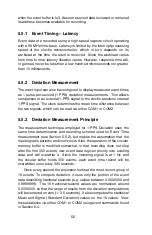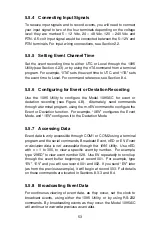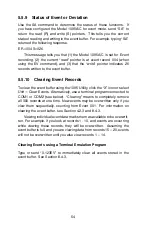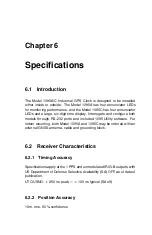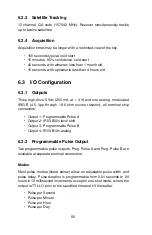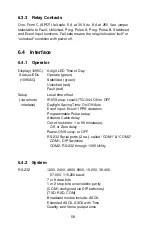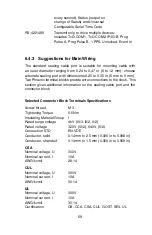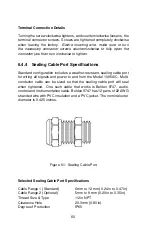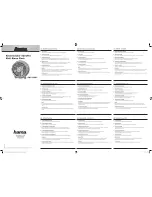
5.3.3
IRIG-B IEEE 1344 Extension
As mentioned above, the IEEE 1344 enables extra bits of the Control
Function (CF) portion of the IRIG-B time code. Within this portion of the
time code, bit assignments include:
• Calendar Year (old method, now called
BCD
Y EAR
)
• Leap seconds, and leap seconds pending
• Daylight Saving Time (DST), and DST pending
• Local time offset
• Time quality
• Parity
• Position identifiers
To be able to use these extra bits of information, protective relays,
RTU’s and other equipment receiving the time code must be able to
decode them. Consult your equipment manual to determine if the IEEE
1344 feature should be turned ON in the clock. To view details of the
IEEE Std 1344-1995, please check with the IEEE.
NOTE
: To download a copy of of the IRIG-B 2004 specification, please
use the link to the Arbiter web site and look under Timing and Frequency,
then Application Notes.
http://www.arbiter.com/resources/documentation.php
5.3.4
1 Pulse Per Second (1 PPS)
A one pulse-per-second timing output signal is very simple in concept.
It is a digital bit transmitted every second with a pulse width of 10
milliseconds. Probably the most critical part of this signal is that the
rising edge is “on time" as compared with the signal from the Global
Positioning System (GPS). To produce a 1 PPS signal from the Model
1095A/C, use either Prog. Pulse A or Prog. Pulse B. See Figure 5.2 for
a comparison between unmodulated IRIG-B and 1 PPS.
5.3.5
Programmable Pulse (Prog. Pulse)
Model 1095A/C series clocks have an independent programmable pulse
feature that requires some firmware configuration through COM1 or
COM2. Programmable pulse modes include setting the pulse mode,
pulse width and time zone – see Table 5.3. To configure, please see
Figures 2.2, 4.13 and 4.14.
46





















